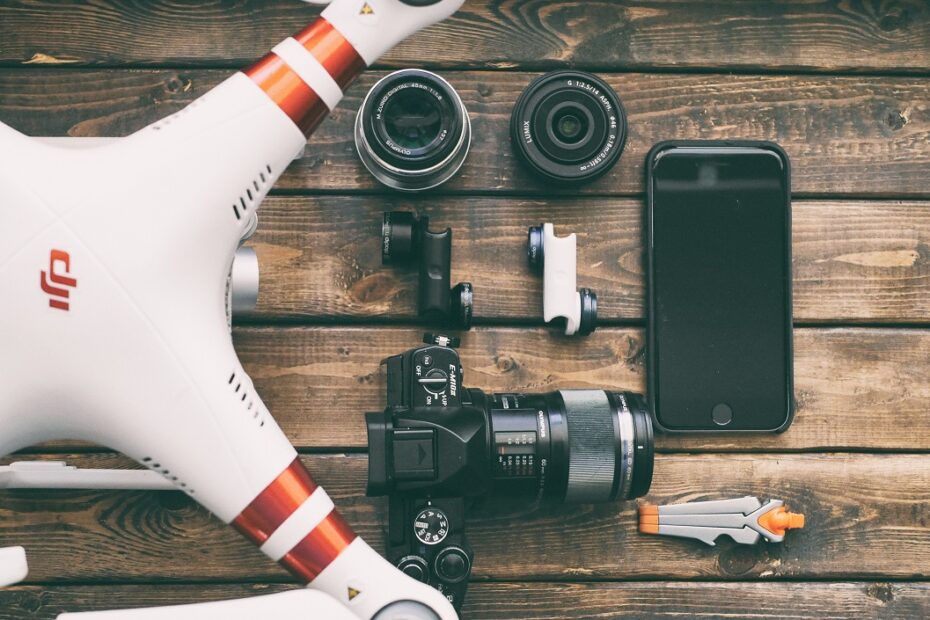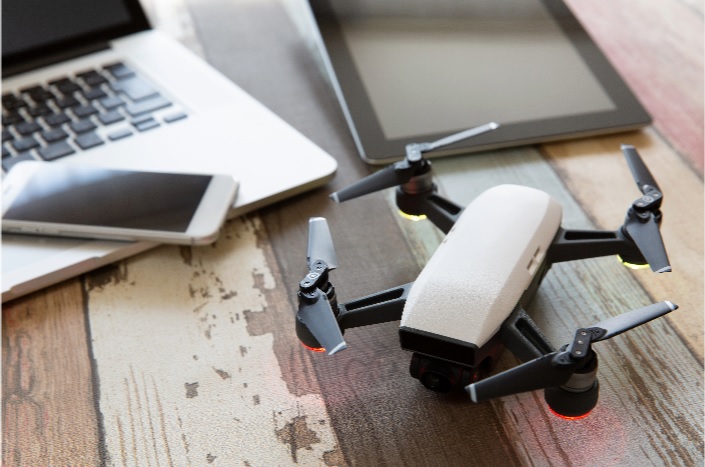Fortress in the Sky: How to Secure Your Drone Data
So you’ve got your trusty drone buzzing around, capturing breathtaking aerial footage. But have you considered who might be watching besides you? In today’s tech-savvy… Read More »Fortress in the Sky: How to Secure Your Drone Data





